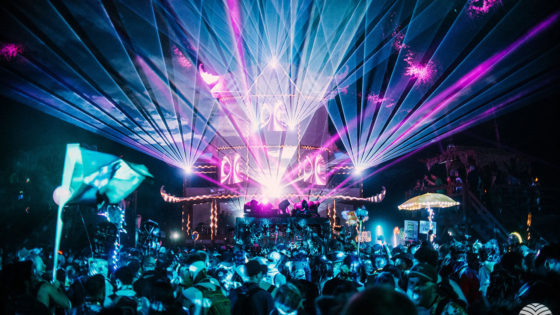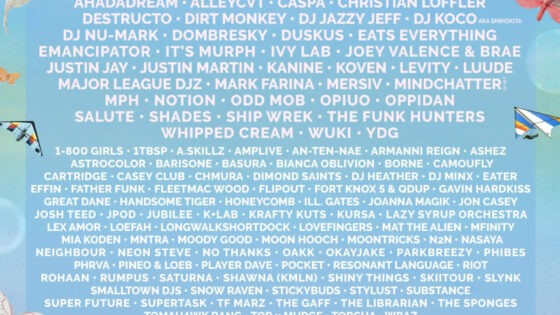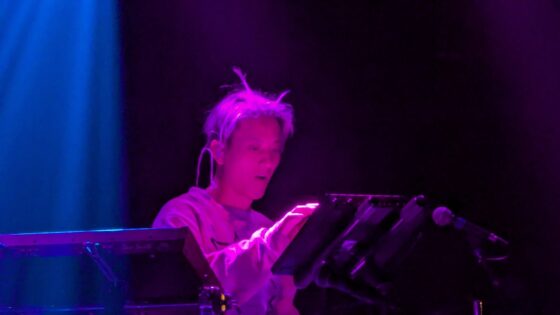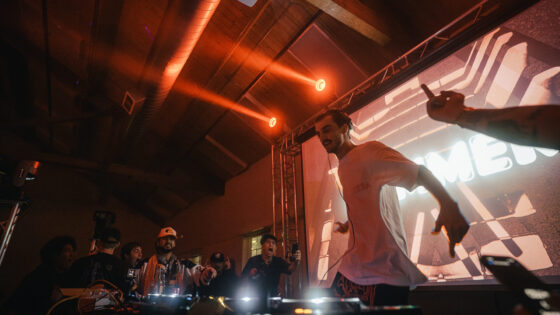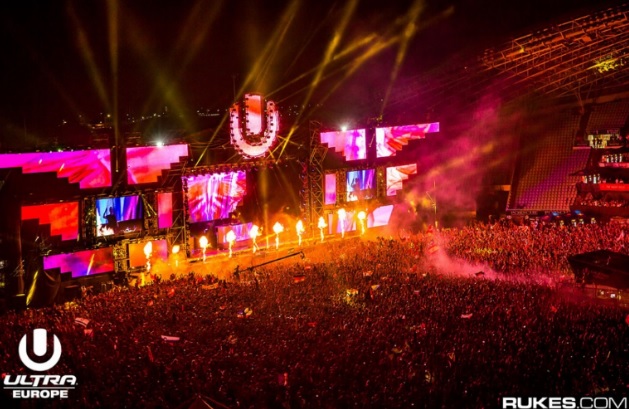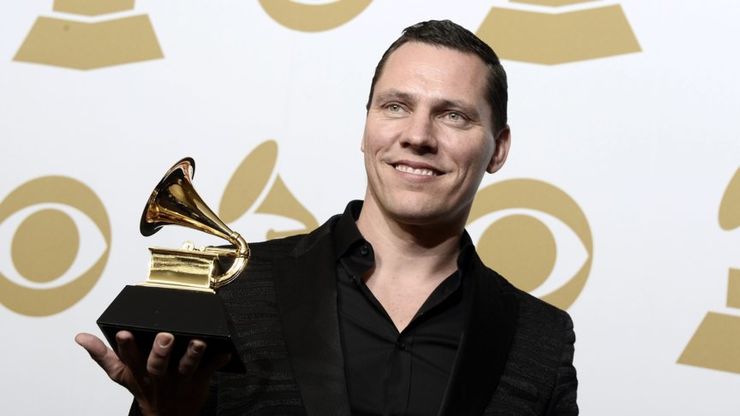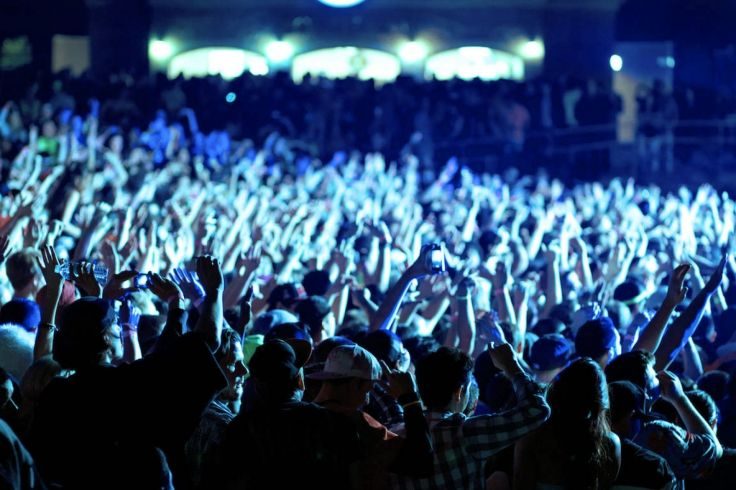The business report at the 2018 International Music Summit in Ibiza shows a 2% drop in the global EDM market. Despite a general trend of growth for the EDM industry, sales dropped from $7.4 billion in 2016 to $7.3 billion in 2017.
Record markets across the world experienced slight drops in EDM sales. The U.S. market fell from a 4% share to 3.5%. Two of the world’s largest EDM markets, the U.K. and Germany, experienced similar drops, leaving them at 11.6% and 6.4% respectively.
Despite these apparent declines, the value of the global EDM market is still projecting to increase to $9 billion by 2021. Analysts suggest that this fall isn’t due to a lack of popularity, rather a shift in listening habits. Consumers continue to turn to streaming services like Spotify to fill their music fix, as opposed to purchasing individual records.
While record sales may be declining, individual DJs and dance music festivals are continuing to gain momentum in the market. Genre-mixing may additionally be causing the shift, since individual tracks are increasingly falling under other classifications such as pop or R&B. A prime example of this new fluidity is Dillon Francis’s short tenure on Billboard’s Latin charts. Additionally, EDM’s top earners saw an increase in earnings this year. Calvin Harris took home $49 million in 2017, with Tiesto following at $39 million.
These changes are symptomatic of industry-wide shifts, as musicians and record labels continue to grapple with a sales model that’s moving away from record consumption and towards streaming. The fluidity of genre for tracks produced by EDM artists could also hint at further movement towards cultural omnivorism as EDM continues to integrate into mainstream culture.
What are your thoughts on the statistics? Do you think music listening styles are changing, or is the EDM bubble starting to pop? Share your thoughts in the comments or on social media!
Important things happen in Pacific Northwest nightlife, and DMNW will send you alerts!







